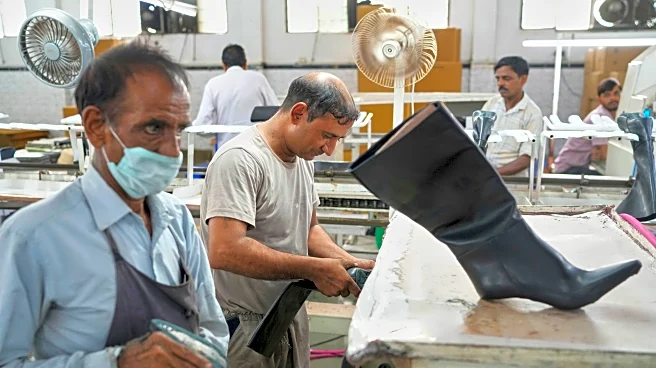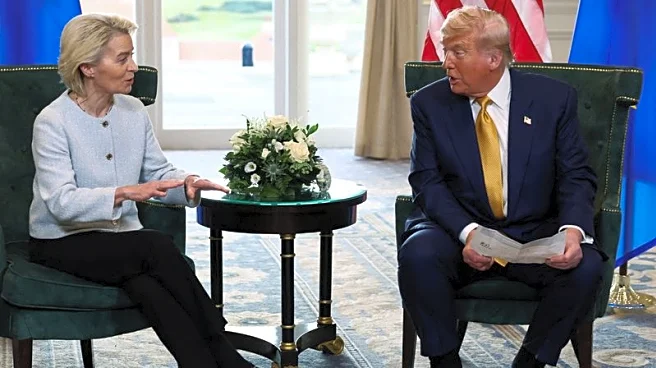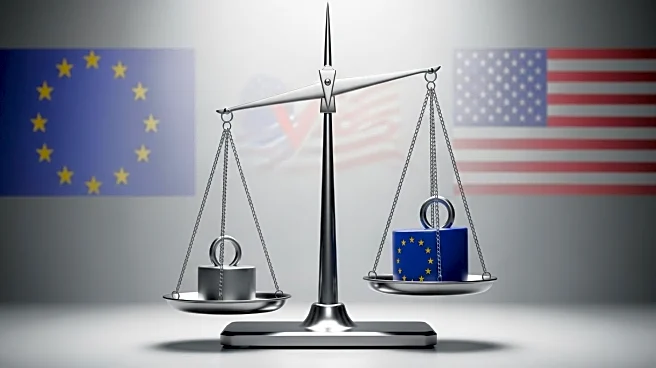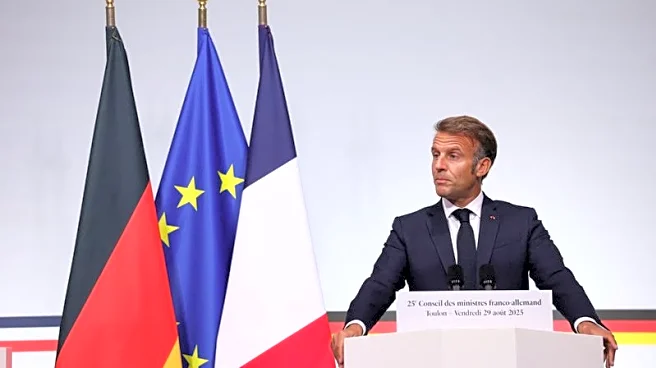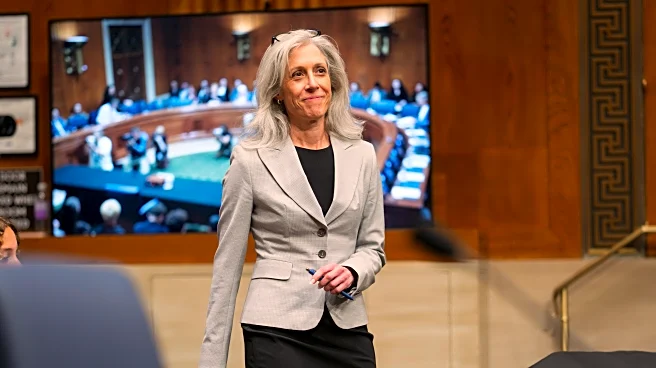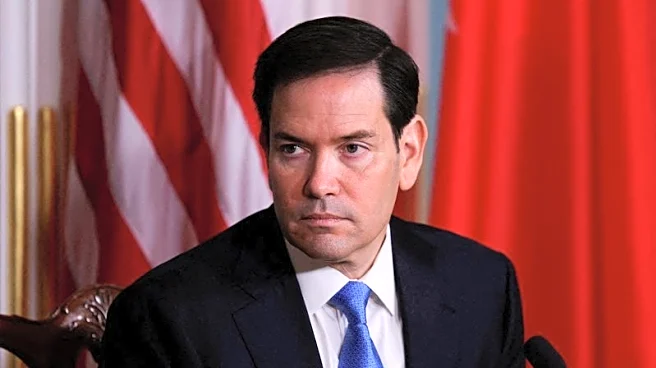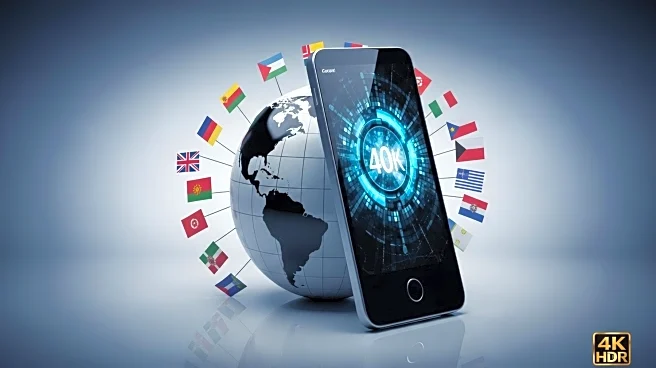What is the story about?
What's Happening?
The Trump administration is leveraging the promise of reduced auto tariffs as a bargaining tool in trade negotiations with the European Union. This strategy involves tying tariff relief on European vehicles and parts to concessions on other trade issues. The EU recently introduced legislation that the Trump administration considers essential for lowering these tariffs. President Trump and EU Commission Chief Ursula von der Leyen met in Washington to discuss these developments, highlighting the ongoing negotiations aimed at reshaping trade relations between the U.S. and the EU.
Why It's Important?
The use of auto tariffs as a negotiating tool underscores the strategic importance of the automotive industry in international trade discussions. By linking tariff relief to broader trade concessions, the Trump administration aims to secure favorable terms that could benefit U.S. industries beyond automotive. This approach may influence the dynamics of global trade, potentially leading to shifts in manufacturing and import-export balances. Stakeholders in the automotive sector, including manufacturers and consumers, could experience changes in pricing and market access as a result of these negotiations.
What's Next?
As negotiations continue, the focus will be on whether the EU will agree to the concessions sought by the Trump administration. The outcome of these talks could set a precedent for future trade agreements, impacting tariffs and trade policies globally. Industry leaders and policymakers will be closely monitoring the situation to assess potential impacts on trade flows and economic relations between the U.S. and the EU.
AI Generated Content
Do you find this article useful?




